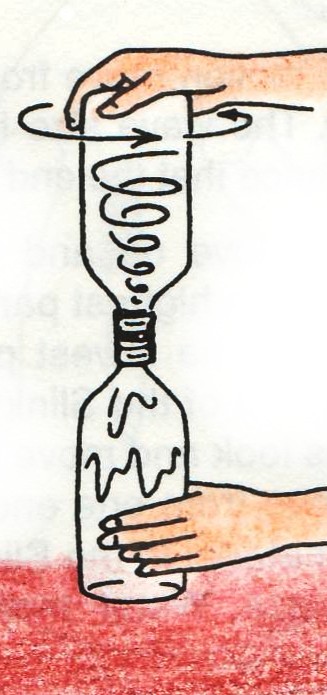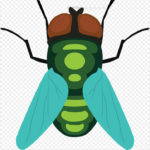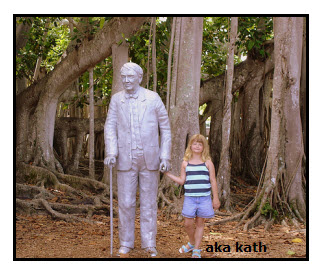Crystals are solids with particles arranged in a regular, repeating pattern with flat surfaces. Most solids are crystalline solids. The crystal diagram shown is of quartz, which is made of silicon dioxide, the same chemical found in sand. Without any impurities, quartz is colorless and transparent. Impurities, such as iron, give quartz crystals a pink […]
Chameleon Chemicals
Have you ever seen a mood ring that seemingly changes colors in response to your mood? Or, maybe you have seen T-shirts, toys, and even thermometers that change colors in response to temperature changes. All of these color changes, even the mood ring, change colors due to special chemicals, called thermochromic chemicals. Two types of […]
Sound: Bottle Organ
Blowing across the open mouth of a bottle causes the air inside the bottle to vibrate. The vibrating air produces sound. The pitch of the sound is determined by how fast the air vibrates. As the air inside the bottle decreases it vibrates faster and produces a higher pitched sound. You could write the relationship […]
Vortex Bottle
In the world around us there are many examples of vortexes: tornadoes, whirlpools in a sink or tub, swirling vortexes in rivers and oceans and, of course, hurricanes. You can make your own vortex to do experiments with. For this you will need two empty plastic soda bottles (with the labels removed), duct tape, and […]
Heredity
Facts: gene A sequence of DNA that occupies a specific location on a chromosome and determines a particular characteristic in an organism. For example: The gene for eye color. allele One member of a pair of genes that occupy a specific position on a specific chromosome. dominant allele Represented by a capital letter. The gene […]
Thomas Edison
Thomas Alva Edison (1847-1931), was one of the most prolific American inventors of the 19th century. He was born on February 11, 1847, Milan, Ohio; the seventh and last child of Samuel and Nancy Edison. Edison did not learn to talk until he was almost four years of age. His delay in speaking was not […]
Moon Illusion
A fourth grade student recently asked me why the Moon and the Sun seem to follow her no matter where she goes. This is a question asked by many kids, and it is one that is not the easiest to explain. After all, Einstein’s Theory of Relativity is based on where the observer is and […]
Photochromic Ink
LCR Hallcrest Photochromic Ink Slurries are a mixture of microcapsules containing a water soluble solvent and a photochromic leuco dye plus water. The slurries are a thick ink. A binding chemical is added to the ink slurries to aid in adhering the dye to surfaces. The part of the PC leuco dye responsible for color is […]
Archimedes Water Screw
A screw is an inclined plane wrapped to form a helix (spiral). These are simple machines. The inventor of the first water screw is not known, but it is believed to have been used in ancient Egypt. Archimedes (287?-212 B.C.) is believed to have made improvement on the idea, thus the device is commonly called Archimedes’ Screw; it […]
Butterfly Anatomy
Abdomen (noun) – The third and last segment of an insect’s body, located at the tail end.The heart, reproductive organs and much of the digestive system are located in an insect’s abdomen. Antenna (noun, plural: antennae) – one of a pair of slender structures located on the head of some insects. Butterfly antennae are used for balance, detecting […]
- « Previous Page
- 1
- 2
- 3
- 4
- 5
- …
- 96
- Next Page »




